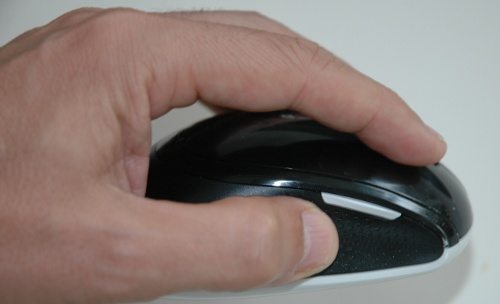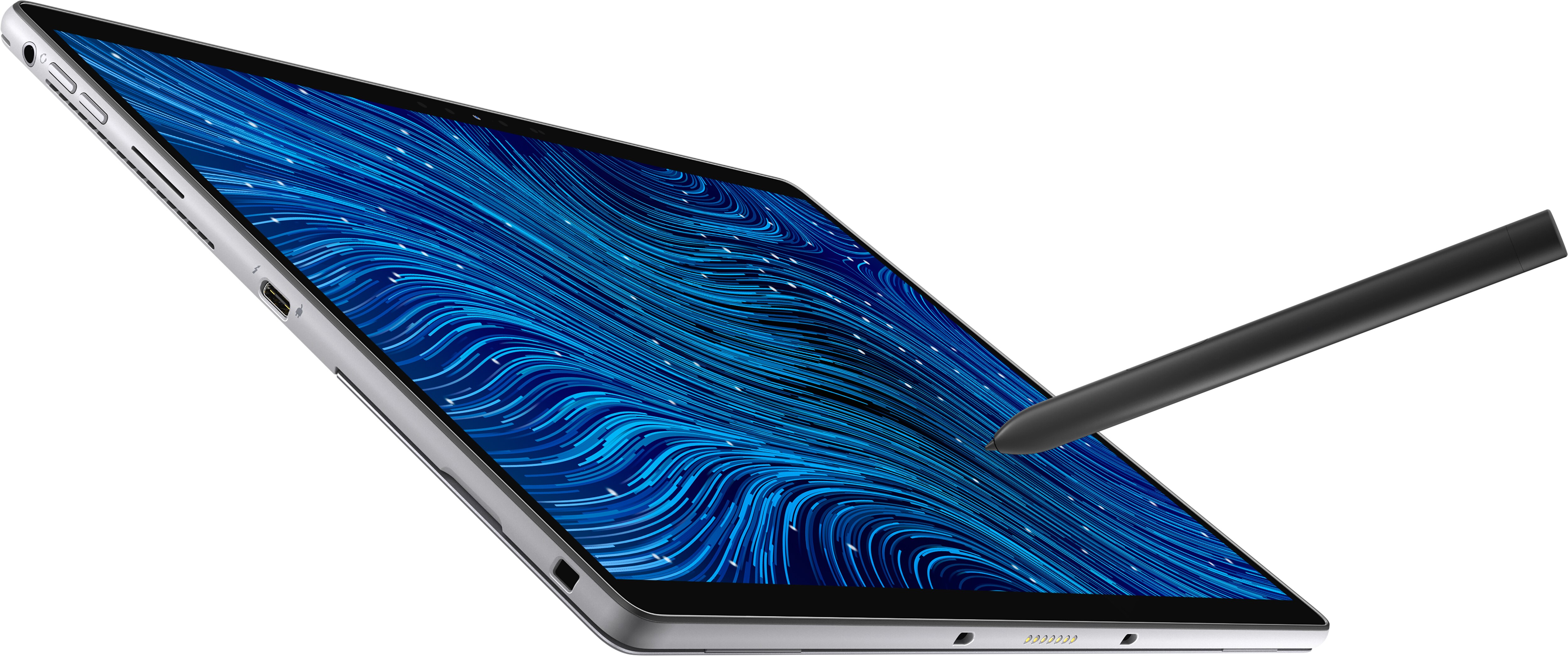

- Microsoft wireless keyboard 5000 v2.0 dongle replacement install#
- Microsoft wireless keyboard 5000 v2.0 dongle replacement full#
- Microsoft wireless keyboard 5000 v2.0 dongle replacement software#
Well, ok, this is what you see if you tuck the USB dongle into the slot in the bottom of the mouse. Maybe my finger is multifunction-challenged, but with all that scrolling and clicking and whatnot, it’s hard to remember that you’ve got two more buttons there as well! This seems to be how Firefox interprets them as well in all the OSes I tried. Ubuntu Linux (my home) understands them all and maps the extra buttons as back/forwards for the side buttons, Page down/up for the scroll wheel, and left/right scroll for the wobble buttons on the scroll wheel. Mapping all those buttons to different functions/actions might require the Microsoft driver. That’s because in addition to being a wheel and the middle button when pressed, you can tilt the wheel left or right to fire the 6th and 7th (or 8th and 9th if you count scroll wheel up/down) mouse buttons. The top has a scroll wheel that seems loose – it wobbles a bit. The sides are textured for easy grip, and the top is one large plate that can be clicked left or right for the L/R mouse buttons. This is a largeish mouse, with decent heft, and of course no tail.

Next up, lets take a closer look at the mouse.
Microsoft wireless keyboard 5000 v2.0 dongle replacement software#
I ran without any such software for more then a week without trouble.

If you must have some feedback on the state of your locks, you’ll need to use some software to show it on your desktop. It does have one LED, which when lit means your battery is low. The keyboard does not have any indicator LEDs for the state of the various lock keys (ie, NumLock, Caps, Scrl…) which makes sense for a battery powered keyboard. The integrated wrist-rest, subtle curving of the keyboard, and rounding off of the bottom row of keys makes for a very comfortable typing experience. The keyboard has one feature I thought I would hate but actually like – the built-in wrist rest:Īnd again, for comparison, a typical 101-key keyboard: All this keyboard is doing is providing a hardware key that generates the typical key-code (ie, Ctrl-C for Copy, etc…) that I would type if I didn’t want to move my hands out of typing position. They replace keys that exist in whatever GUI I’m using, and that GUI already provides keyboard shortcuts anyway. Yes, they work, but no, I don’t use them. Oh, and those wonderful special purpose keys? They sit there mocking me. I still need to take a peek to hit F5/refresh. Then you’ve got to try and SEE the soft blue “F5” (for example) since the Fn keys aren’t grouped into sets of four keys as in a typical keyboard.įor comparison here’s the keyboard I usually use:Īll that said, after an hour or so I was up to more or less my usual speed and error rate. First off, you need to hit the small blue F Lock key once to lock in the Fn Key behavior, instead of the menu shortcuts. The tiny Esc/Fn Chiclet keys really take some getting used to. Also, those extra keys on the left are under my left pinkie (which used to pretty much hug the left edge of the standard keyboard I usually use) so that took a bit getting used to. That’s not a bad thing, it’s just a difference. I don’t even touch-type in the standard way… I’m one of those four-finger-programmer/touch typists!) but to me the basic keys feel more like a high end “desktop replacement” laptop keyboard. The keyboard keys themselves are in a standard layout/spacing, with perhaps a tad shorter travel then a normal keyboard.
Microsoft wireless keyboard 5000 v2.0 dongle replacement full#
You can that there’s a bank of special keys to the left of the standard left edge keys, a bank of “task” keys across the top, and a row of funky dual-purpose function key/menu short keys where you would normally find full sized Fn keys. There’s a detailed look at the left side of the keyboard. Tourįirst let’s take a closer look at the keyboard and mouse.
Microsoft wireless keyboard 5000 v2.0 dongle replacement install#
If you want to customize the keyboard, you’ll need to install the drivers (Mac/XP) or some extra software for Linux – I’ll come back to that later. Setup consists of inserting the batteries and then plugging in the small USB dongle. If like me you misplace that CD, the drivers are downloadable from Microsoft’s website. In other words you’ll find the keyboard, mouse, USB dongle, 4 AA batteries, and the CD with Windows/Mac drivers. The intro photo above shows the contents of the box less the CD, which I somehow managed to lose within minutes.


 0 kommentar(er)
0 kommentar(er)
